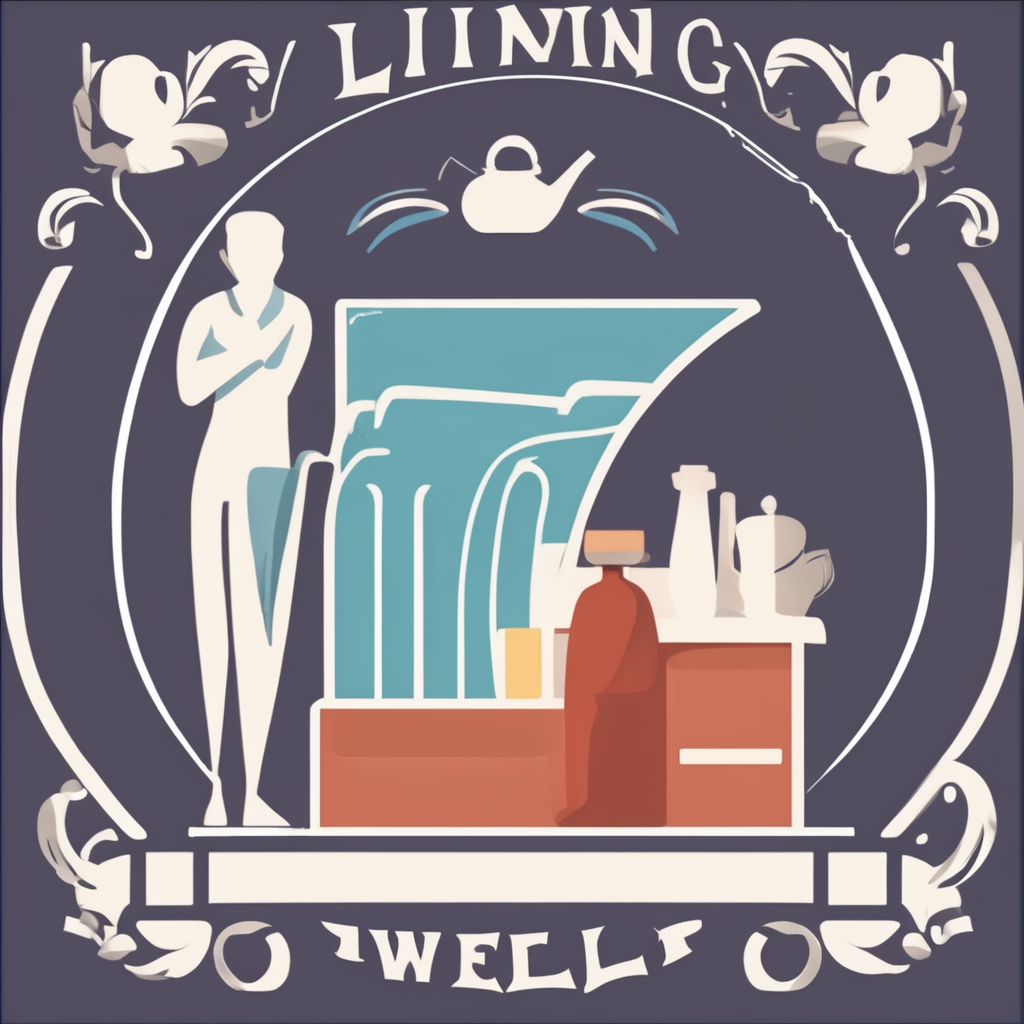Autophobia, the intense fear of being alone, goes beyond simple solitude—it triggers overwhelming anxiety that disrupts daily life. This phobia often stems from deep-rooted feelings of abandonment or trauma. Understanding its symptoms and causes is the first step toward effective treatment, which combines therapy and, sometimes, medication to help regain comfort in solitude and foster emotional resilience.
Essential facts about autophobia: definition, symptoms, and causes
When examining the complex reality of autophobia, the term “fear of being alone” captures much more than just a dislike of solitude. People affected experience persistent, irrational anxiety about being by themselves—even in places that are familiar and safe. This fear goes beyond typical loneliness; it is an anxiety disorder that can control a person’s thoughts and daily routines, often disrupting relationships, work, and well-being.
Also to see : Top strategies to conquer autophobia and embrace solitude
Defining autophobia
Autophobia, also known as monophobia or isolophobia, is a situational anxiety disorder marked by an extreme, disproportionate dread of being alone or feeling isolated. Unlike social anxiety, where the trigger is social settings or interactions, autophobia’s core trigger is solitude itself. Some may feel terrified even when physically surrounded by others if they worry about abandonment or lack of support in an emergency.
Main symptoms
Typical signs of autophobia include:
This might interest you : Enhancing Stroke Rehabilitation: The Impact of Technology-Enhanced Therapy on Patient Outcomes
- Obsessive worry about being left alone or abandoned.
- Physical symptoms such as shaking, sweating, palpitations, chest pain, or nausea.
- A pressing urge to escape environments where solitude is possible.
- Mental distress that increases rapidly whenever being alone is anticipated or happens unexpectedly.
Causes and risk factors
Autophobia’s roots often lie in childhood trauma, such as losing a caregiver, parental separation, or other disruptive events that foster fear of abandonment. There may also be a genetic predisposition; those with family histories of anxiety or phobic disorders are at greater risk. Individuals with certain personality disorders—especially dependent or borderline personality disorder—are more likely to develop autophobia. Persistent feelings of being unloved or unwanted, low self-esteem, or past emotional neglect can reinforce the disorder.
Understanding the differences
Autophobia is distinct from:
- Social anxiety, which centers on the fear of negative judgement in social situations.
- Loneliness, which refers to unhappiness from insufficient social connections, not necessarily anxiety in solitude.
- Agoraphobia, which is more about avoiding places or situations where escape might be difficult than about solitude itself.
Recognizing these distinctions helps in seeking the right support and understanding the scope of the fear of being alone.
How autophobia is diagnosed and its psychological effects
Diagnosis: professional evaluation and classification as situational phobia
Diagnosis often involves specific psychological tests for solitude anxiety and a comprehensive professional assessment. Mental health professionals look for clear signs of fear of being alone such as panic, distress, or anxiety when left in solitude. The classification falls under situational phobias according to established criteria, with specialists ruling out similar conditions like social anxiety. Tests for fear of isolation may include structured interviews and validated questionnaires. These evaluations examine the persistence and impact of symptoms, ensuring the diagnosis accurately reflects the individual’s experience.
Psychological and emotional impacts
The emotional impact of being alone for someone with autophobia can be profound. Sufferers often experience overwhelming psychological effects of fear of abandonment, such as emotional dependence, excessive anxiety, and reduced confidence. Self-esteem and relationships may suffer; some develop coping mechanisms like constant social engagement or avoidance behaviors. Left unaddressed, the disorder can lead to significant psychophysiological stress and negative relational cycles.
Recognizing signs
Observable signs of fear of being alone include recurrent panic when isolated, intense physical symptoms—such as sweating, trembling, or heart palpitations—and persistent fears disrupting daily life. People might undertake a fear of abandonment quiz to self-reflect, but formal psychological tests for solitude anxiety remain the most definitive approach.
Treatment and Coping Strategies for Overcoming Autophobia
Psychotherapy Options: CBT, Exposure Therapy, and Their Effectiveness
Cognitive behavioral therapy (CBT) is one of the most effective treatment options for fear of abandonment and helps reframe negative thinking patterns tied to solitude. Clients learn to recognize and challenge irrational beliefs about being alone, which can significantly diminish symptoms of fear of being alone and help manage anxiety when left alone.
Exposure therapy for solitude fear involves gradually introducing scenarios that trigger discomfort, allowing a person to build tolerance towards being alone. Gradual exposure lessens avoidance behaviors, which helps manage both immediate symptoms and long-term coping.
Medication: When SSRIs, Beta-Blockers, and Sedatives Might Be Considered
Although therapy for fear of abandonment remains the mainstay, medications like SSRIs may be prescribed for persistent symptoms. Beta-blockers and sedatives could be considered when anxiety peaks, but they are usually used alongside therapy rather than as a standalone solution due to potential side effects and dependency.
Additional Coping Methods: Mindfulness, Building Self-Confidence, Support Networks
Mindfulness for loneliness fear offers calming ways to address distress, while relaxation methods for solitude anxiety, such as meditation or deep breathing, can ease physical responses. Support groups for fear of abandonment create a sense of understanding and shared experience. Building self-confidence through gradual solo activities fosters long-term resilience and improves comfort with solitude.
Long-term recovery, self-help, and living with autophobia
Steps for managing daily life: practical safety tips, calming routines, and solo self-care
Develop routines for managing anxiety during lonely times. Creating a predictable structure each day offers stability and comfort, especially for those struggling with symptoms of fear of solitude. Simple self-help ideas for fear of abandonment include setting a regular sleep schedule and preparing meals ahead of time. Personal safety is vital—always keep a charged phone nearby and inform a trusted friend of your plans if feelings of unsafe isolation arise.
Calming techniques such as deep breathing, gentle stretching, or playing soothing music can ease the effects of solitude anxiety on sleep and help manage anxious thoughts. Experiencing fear of being alone at night may be lessened by using a nightlight or background noise.
Success stories and recovery outlook: hope for improvement with treatment adherence
Stories of overcoming fear of solitude show that consistent strategies to reduce fear of solitude, such as gradual exposure and therapy, lead to progress. Many find that small victories—like enjoying a meal alone or spending a peaceful evening at home—improve confidence and reduce the intensity of coping with abandonment trauma.
When and how to seek professional help, and resources for ongoing support
If self-help and routines do not reduce anxiety when alone, or if the effects of solitude anxiety on sleep persist, reaching out for professional support can be transformative. Therapists trained in managing anxiety during lonely times may recommend targeted strategies to reduce fear of solitude and help overcome fear of being home alone. Early intervention, continuous practice, and support networks are key for sustainable recovery.











